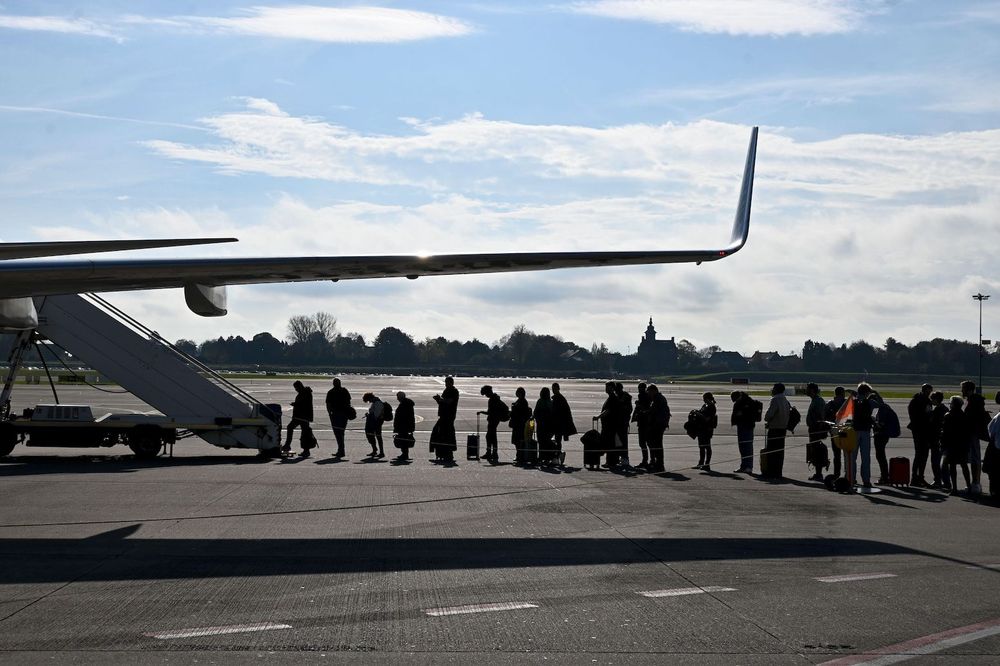Article: www.nature.com/articles/s41...
@iiasa.ac.at, @usyseth.bsky.social
1/
Article: www.nature.com/articles/s41...
@iiasa.ac.at, @usyseth.bsky.social
1/
usys.ethz.ch/en/news-even...

usys.ethz.ch/en/news-even...
✍️ by @ayeshatandon.carbonbrief.org
💬 with comment from Sarah Schöngart @carlschleussner.bsky.social @zscheischlerjak.bsky.social @wimthiery.bsky.social
Read here ➡️ buff.ly/0Se78bM

✍️ by @ayeshatandon.carbonbrief.org
💬 with comment from Sarah Schöngart @carlschleussner.bsky.social @zscheischlerjak.bsky.social @wimthiery.bsky.social
Read here ➡️ buff.ly/0Se78bM
Read more 🔗 iiasa.ac.at/news/may-202...
@carlschleussner.bsky.social @ethzurich.bsky.social

Read more 🔗 iiasa.ac.at/news/may-202...
@carlschleussner.bsky.social @ethzurich.bsky.social

